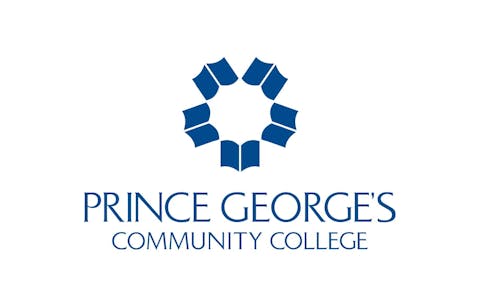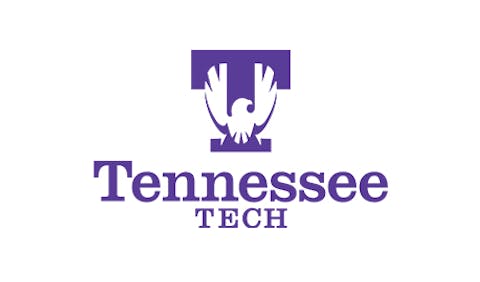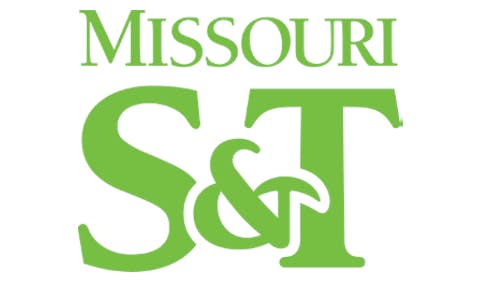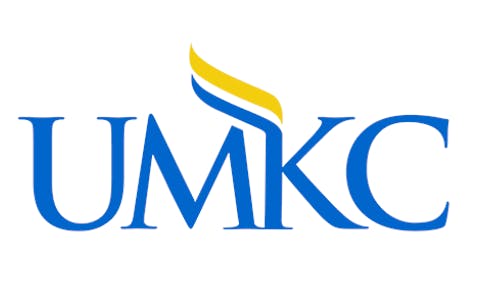The American Indian Higher Education Consortium (AIHEC) has developed a unique program to help improve American Indian students’ achievement in the STEM (Science Technology Engineering and Mathematics) disciplines. AIHEC has partnered with tribal colleges to create an introductory curriculum on climate change that students and instructors can share online.
Funded by a National Science Foundation Geosciences Award, the Tribal College Climate Change Course Series helps students and faculty at small, often remote tribal colleges gain entrée to science courses to which they might not otherwise have access, according to Katherine Mitchell, director of STEM Initiatives at AIHEC.
Typically, tribal colleges have limited resources and may employ only one science instructor, says Mitchell. By making use of existing “cyber infrastructure,” schools can share expertise already present at other colleges without spending more money. “We use internet tools such as Facebook and YouTube that the students know and are already using,” says Mitchell.
For instance, if a tribal college is lacking a class in dendrochronology, the science of tree-ring dating that is helpful in understanding the impact of climate change over long periods of time, the Climate Change Course allows students and faculty to share online class material created by Dr. Teresa Newberry at the Tohono O’odham Community College in Arizona.
Teaching a class about climate change is challenging because it is such an interdisciplinary subject, Newberry says. “The class spans physical and biological sciences in addition to government policy, economics and social sciences.”
Although the Climate Change course is part of an AIHEC initiative to help TCUs build capacity to develop and sustain STEM education and research programs, tribal colleges have created the course structure and materials, Mitchell says.
Nineteen science faculties from 12 tribal colleges gathered in January 2009 to begin development of the course curriculum, Mitchell says. Course collaborators chose the medicine wheel to symbolize the course’s framework, placing climate at the center. Various versions of a medicine wheel are used by many American Indian cultures to symbolize the cyclical interconnectedness of life, says Mandy Guinn, environmental science instructor at the United Tribes Technical College in North Dakota, who helped build the course.




















